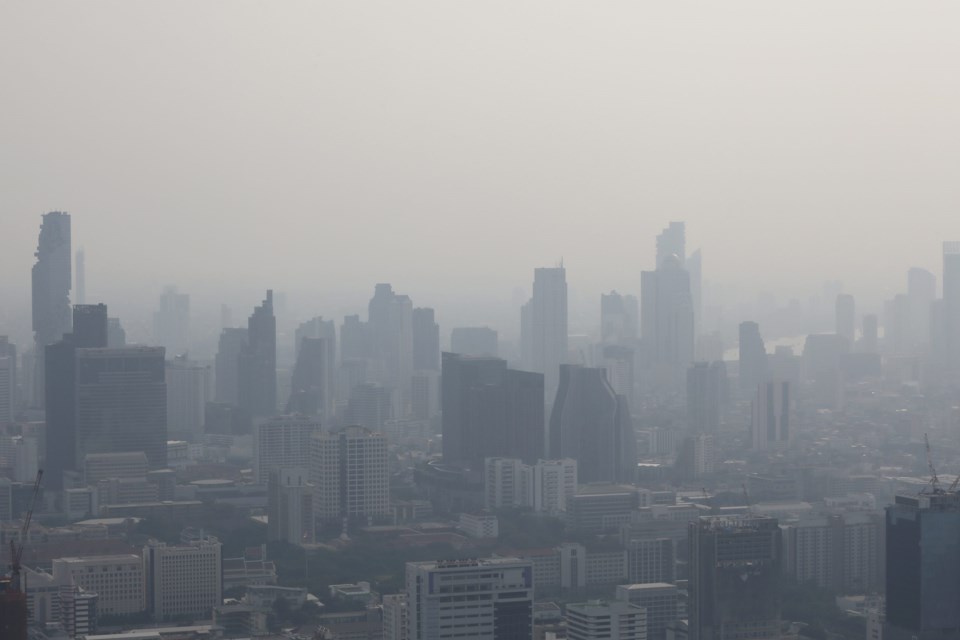Air quality in North Texas continues to get worse, and companies will pay millions in annual fines if something doesn't change. The fees would result from the region’s failure to meet ozone standards set by the federal Clean Air Act.
Smog levels in North Texas are violating the Environmental Protection Agency’s (EPA) 2008 ozone standards. According to the Fort Worth Report, Dallas-Fort Worth’s smog levels exceeded the federal limit of 75 parts per billion, making the quality of air dangerous.
According to the EPA, when pollutants react with sunlight and heat to create ground-level ozone, airways can inflame and cause damage, aggravating lung diseases and increasing the frequency of asthma attacks.
During the beginning of the COVID-19 pandemic, a 20% decrease in traffic was reported, yet smog levels did not drop as expected. Experts now believe that government agencies should focus less on emissions and more on industrial pollution.
If North Texas does not reduce the levels of smog by 2026 industries in the region would be forced to pay $45 million to the EPA, starting in 2028. It was not released which companies are the highest contributors to pollution.
In order to forge a plan on how to lower the levels, a council of governments and EPA state environmental officials will hold a meeting on Feb. 17. The state commission then needs to submit revisions of the plan to the EPA by May 7, 2024.
Once the plan is approved, Texas state leaders will implement a set of rules for which companies will pay the fines and determine how much. If companies want to avoid the fines, the region must lower the smog average to the limit of 75 parts per billion or lower by the end of 2026.
Experts acknowledged the progress that North Texas made to improve air quality since 1990 when the region was closer to 125-130 for ozone parts per billion.




